In the heart of Florence, among the ancient stones that tell centuries of art and thought, hides a place where science comes to life and becomes a story: the Museo Galileo. This museum is a real treasure chest for those fascinated by the history of ideas, discoveries and instruments that have forever changed the way we look at the world. It is not just an exhibition of ancient objects: it is a journey through time and the human spirit, guided by one of the most revolutionary minds in history, Galileo Galilei.
Visiting the Museo Galileo means coming into direct contact with enigmatic machines that seem to have come straight out of a Renaissance laboratory, but it also means crossing the centuries with the curious gaze of one who, like Galileo, challenged dogma to follow the evidence of the senses and the logic of thought. Between unusual relics, interactive experiences, Medici collections and surprising stories, each room is an invitation to wonder. If you love science, history or are simply looking for a less conventional Florence, this museum will surprise you. In this guide, we tell you why it is worth a visit if your hero wears a lab coat instead of a cape; this place is your scientific Metropolis.

Museo Galileo in Florence: a plunge into the heart of science
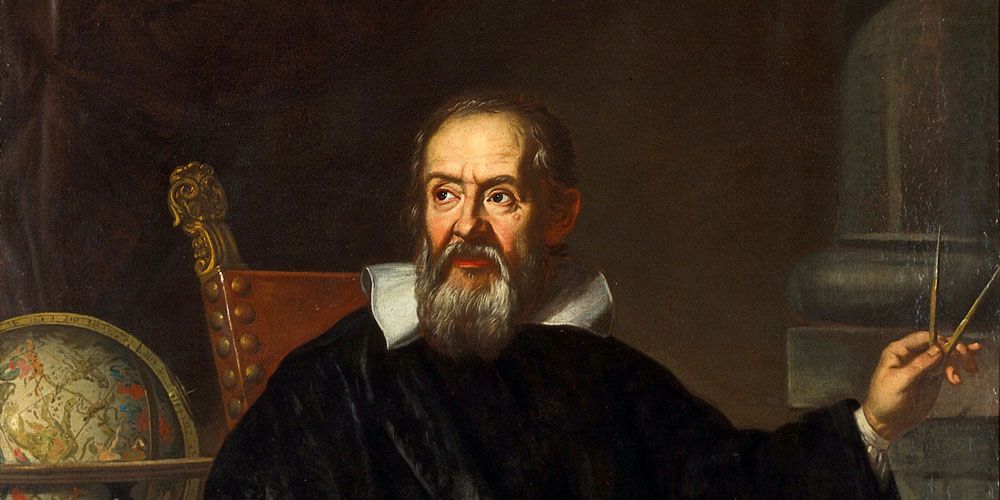
Housed in the striking Palazzo Castellani, a stone's throw from the Uffizi Gallery and the Lungarno, the Museo Galileo in Florence is a must-see museum for anyone wishing to immerse themselves in the history of science and discover the innovations that shaped the modern world. Located in the heart of the city, this museum houses one of the richest collections of scientific and ancient instruments, offering visitors a fascinating journey through centuries of discoveries and inventions, and with all the other museums in Florence that you can visit. Notable among the exhibits are Galileo Galilei's original telescopes and the famous middle finger of his right hand, preserved as a secular relic.
The museum is not only an exhibition of historical objects, but also a centre for research and scientific dissemination, with educational activities and events for all ages. The Museo Galileo is accessible to a wide public, from tourists to science enthusiasts, children, teenagers and schools of all kinds and levels. In this short guide, you will discover curiosities and practical information to help you plan your visit to one of the most iconic places in the Italian and world scientific world.
You will also discover why the Museo Galileo is considered one of Florence's cultural gems and what makes it unique in the Italian museum scene. Whether you are looking for scientific inspiration or simply want to learn more about the genius of Galileo, this museum offers an educational and engaging experience. Prepare yourself for a journey through time, among ancient instruments and fascinating stories, in the heart of Tuscany.
Visit Florence in comfort with Florence Pass5.Why it is a must for science enthusiasts
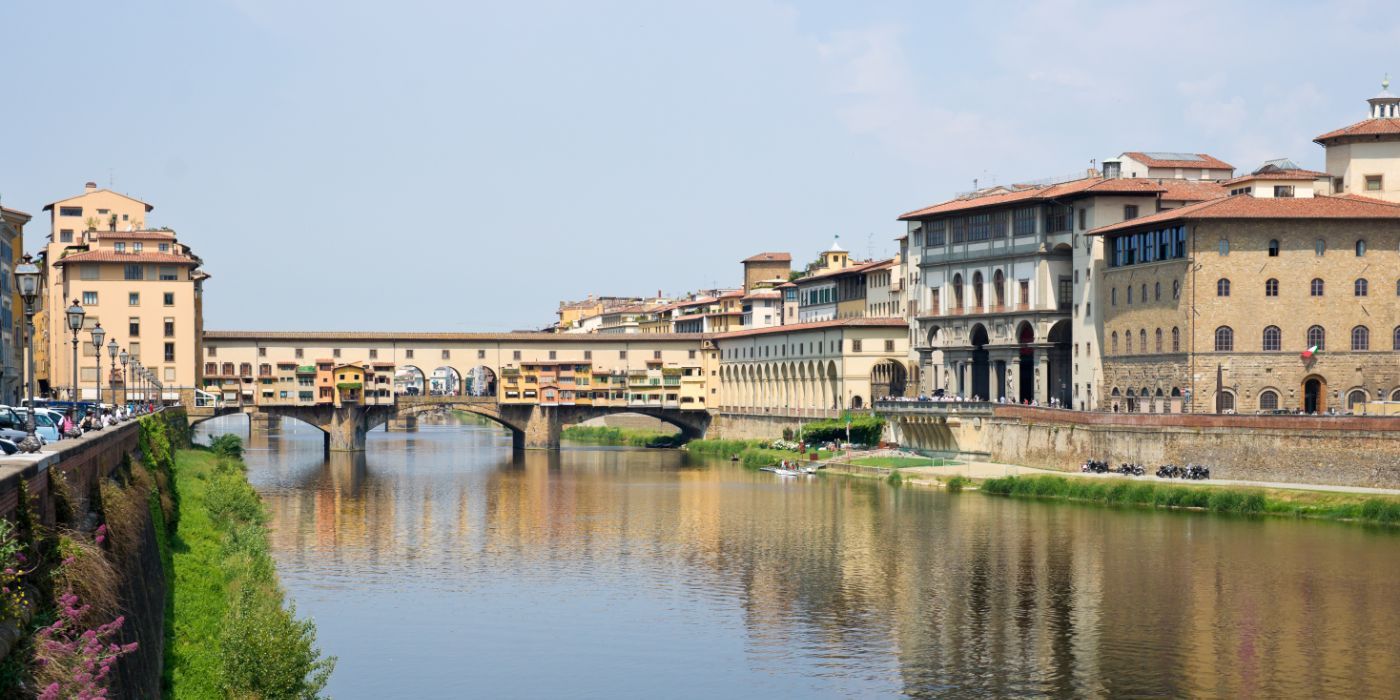
The Museo Galileo in Florence, located in Piazza dei Giudici, next to the Uffizi Gallery, is one of the city's main cultural attractions. Housed in the medieval Palazzo Castellani, the museum displays a vast collection of scientific instruments, many of which date back to the Medici and Lorraine periods.
Have you ever dreamed of seeing Galileo's telescope live? Forget TV series, here's the real suspense! Among the most significant items are the original instruments used by Galileo Galilei, including his telescopes and proportional compasses. The museum is divided into several thematic sections, covering fields such as astronomy, physics, medicine and navigation, offering visitors a broad overview of scientific development from the Renaissance to the modern age.
In addition to the permanent exhibitions, the Museo Galileo organises temporary exhibitions, conferences and educational activities for schools and families, making it a dynamic centre of scientific culture. For those who wish to delve into the history of science and discover the innovations that changed the world, the Museo Galileo is a must-see during a visit to Florence.
4. Why you can see Galileo's middle finger: a unique secular relic
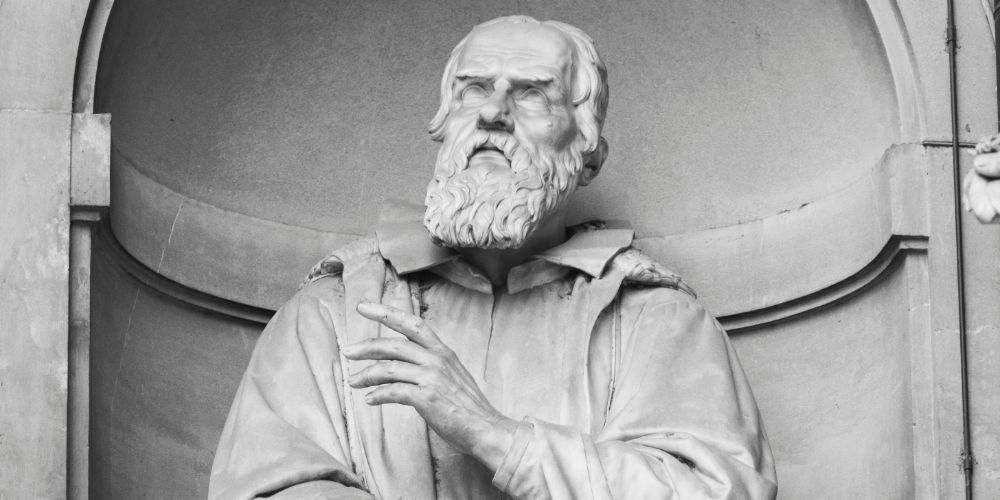
Have you ever seen a finger that changed the history of science? At the museum, there is, and it is pointed straight at the stars. One of the most fascinating curiosities of the Museo Galileo is the presence of the middle finger of Galileo Galilei's right hand. This unique relic was removed from the scientist's body in 1737 while translating his remains to the Basilica of Santa Croce in Florence. The finger passed through various hands and was displayed in various locations before finding its final resting place in the Museo Galileo. Currently, it is kept in an ornate glass case mounted on an alabaster base with a commemorative inscription.
The presence of this relic in the museum underlines Galileo's importance in the history of science and the respect that has been paid to him over the centuries. For visitors, observing Galileo's finger is a unique experience that connects directly with the figure of the great scientist and his revolutionary contribution to human knowledge.
3. To discover the Medici collections and the Tuscan scientific heritage
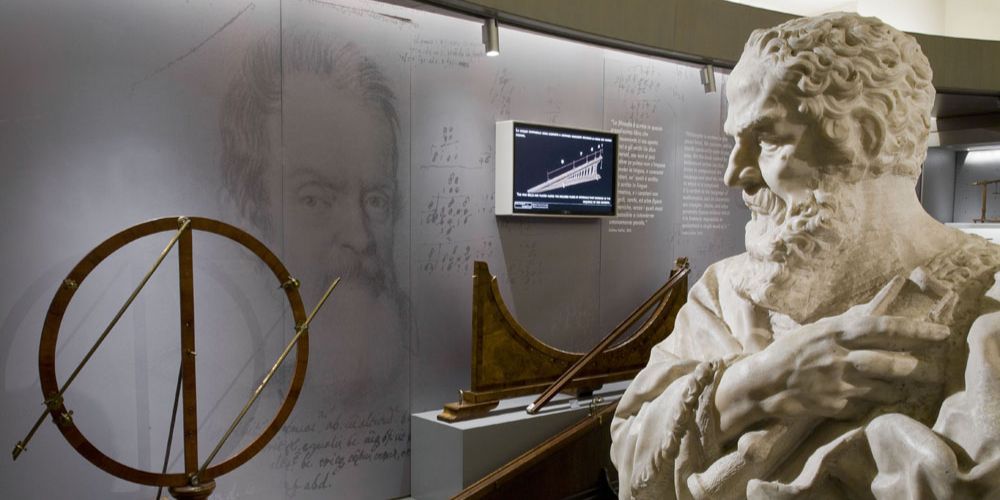
For those who consider science an art form, this museum is your picture gallery of inventions, because the beating heart of the Museo Galileo are the Medici and Lorraine collections, which tell of the deep connection between political power and science in Grand Ducal Tuscany. The Medici family, who had always promoted the arts and sciences, actively supported scientific research by collecting rare and sophisticated instruments, many of which are still on display today. Astrolabes, celestial globes, microscopes, thermometers and complex mechanical clocks testify to the high level of technical ingenuity achieved in the 16th and 17th centuries.
These objects were not only instruments of study but also symbols of prestige and modernity, representing the authority and intelligence of a dynasty. Through an elegant and philologically accurate display, the museum restores all the evocative power of an era in which knowledge was also power.
2. It is the ideal place for interactive experiences and educational activities
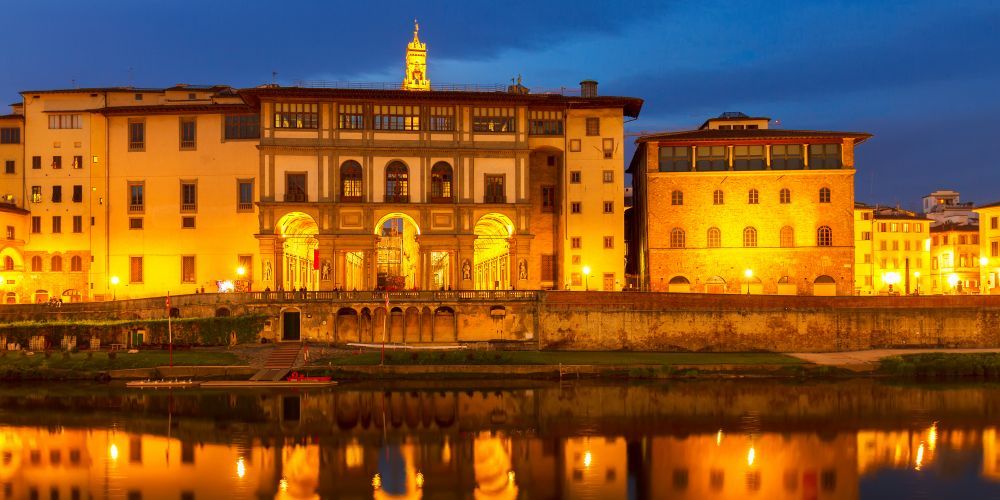
The exhibition itinerary of the Museo Galileo is spread over 20 thematic rooms on three floors, following a chronological and disciplinary criterion. The first rooms are devoted to the Medici's scientific collection, including astronomical instruments, maps, globes and sundials. This is followed by sections on astronomy, experimental physics and the instruments used by the Accademia del Cimento. Particularly impressive are the rooms dedicated to Galileo himself: some of his original instruments can be admired, including two telescopes, the lens of the Sidereus Nuncius and the geometric and military compasses.
Thanks to multimedia devices and interactive videos, each object is effectively contextualised, making the museum also suitable for children and students. The experience is rounded off with a room dedicated to domestic science and one to medical instruments, testifying to the widespread influence of science in everyday life in the past.
1. Worth visiting just for the fun facts and anecdotes

In addition to its permanent collection, if you are a true lover of science, the Museo Galileo surprises with several fascinating anecdotes:
1) The famous middle finger, for example, is not the only part of Galileo's body preserved: the museum also has a tooth and two other phalanges.
2) Outside the museum, on the pavement in Piazza dei Giudici, is a monumental sundial installed in 2007: a bronze gnomon, which is a device used to measure the passage of time.
3) One can also admire the famous armillary sphere, a fascinating cosmological model used to explain the motion of the stars in the sky.
4) Among the most popular optical illusions for "scientific" visitors is the so-called ‘mechanical paradox’, a double cone that seems to rise by itself along an inclined plane.
5) In addition, the museum houses bizarre and little-known instruments, such as a nocturnal to tell the time from the stars and a liquid-powered mechanical clock.
These curiosities make a visit to the museum even more memorable, combining scientific rigour and wonders in Florence that you can enjoy even if you only have a few days in this wonderful city.
About the author
Written on 11/06/2025


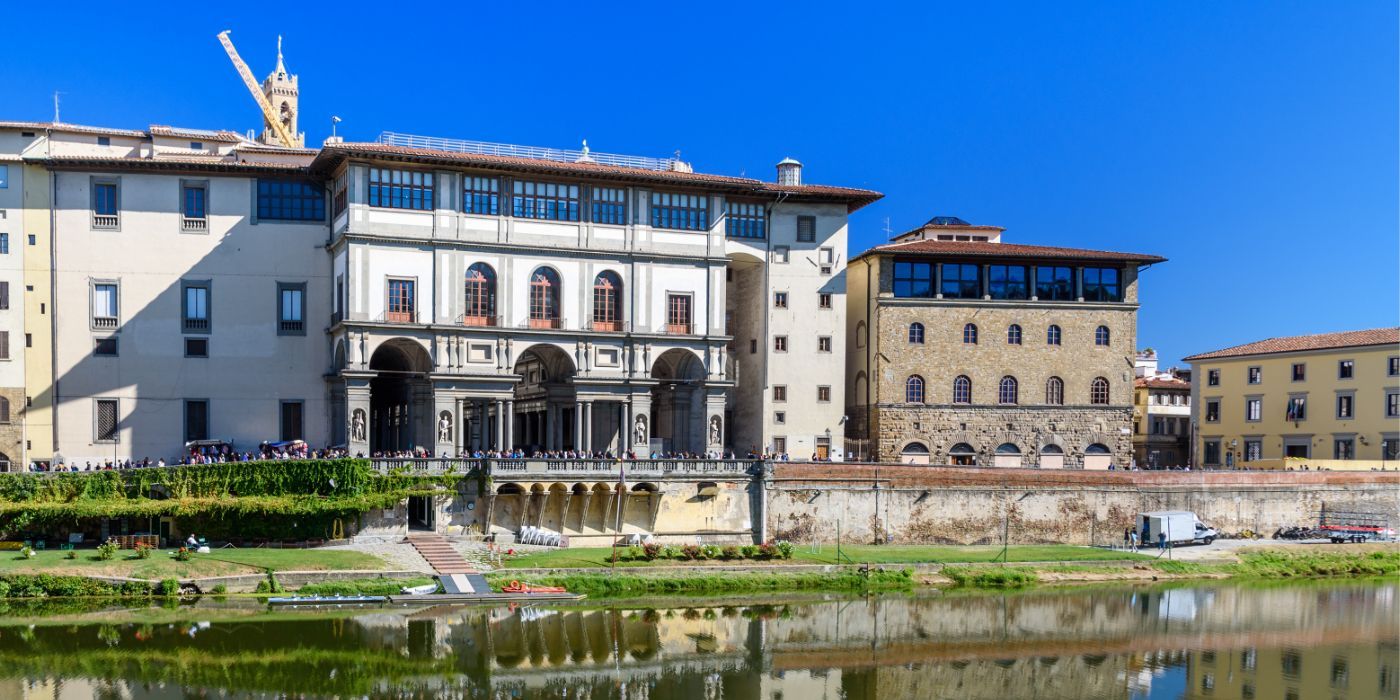

Mario Galterisi
Discover the Museo Galileo in Florence: original instruments, Galileo's finger and a journey through science between history, curiosity and innovation